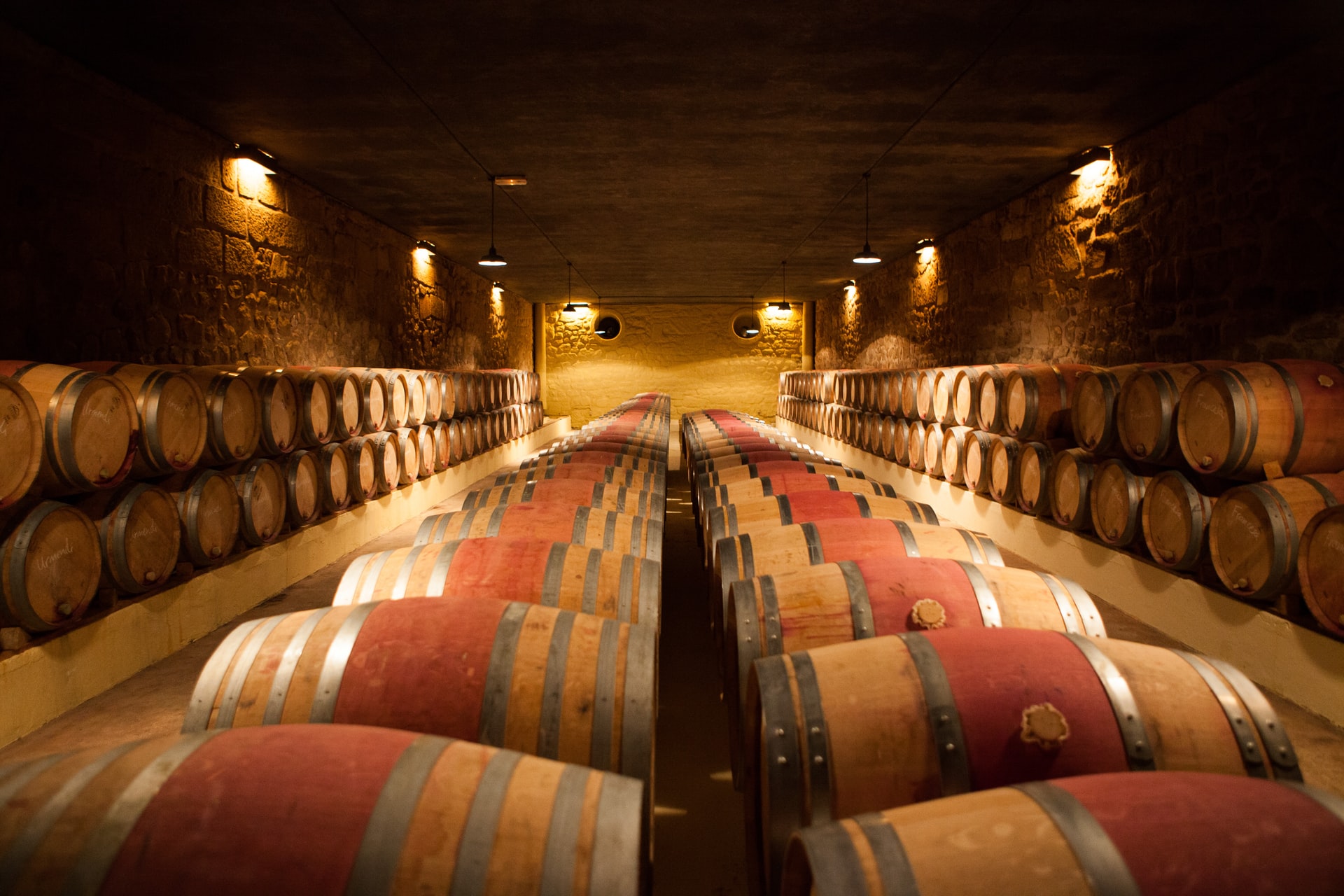When talking about whiskey, time spent in barrels is a common topic. There’s a reason a Macallan 18 Year Sherry Oak costs five times more than a Macallan 12 Year Double Cask — both whiskeys start off quite similar in the distillery. Still, barrel aging makes them completely different drinks.
And we’re talking about Scotch here, but the same goes for every type of whiskey from Bourbon and Rye to a good-old Irish dram. Here’s all you need to know about whiskey barrels and why they matter.

Image Credit: rafa
espada
The History of Oak Barrels
Barrels are authentic engineering marvels. Putting together wood planks and holding them in place with metal hoops for a watertight vessel that’s durable, reusable and easy to move around is quite a feat.
Before barrels, people stored their stuff in clay vessels, which were heavy and fragile. And we say stuff because everything, from grains, butter and honey to wine and eventually spirits, was kept and transported in them. Barrels go back to the ancient Egyptians and were popularized by the Roman Empire. People would ship merchandise, including alcoholic drinks, in barrels across Europe. Talking about ancient globalization!
Fast-forward a few centuries, by 1900, the barrel was the most used container worldwide: we’re talking just over a century ago!
Why Oak? Without a doubt, people once experimented with many types of wood to make barrels, including walnut, cherry and chestnut. Still, they found in oak a lightweight, malleable, permeable and readily available material. They also made ships with it!

Image Credit: Vinicius
"amnx" Amano
Whiskey and Barrels
No one expected that storing and transporting a liquid in oak barrels, in this case, an alcoholic drink, whether it was wine, brandy or whiskey, changed the drink’s personality entirely.
With whiskey, the crystal-clear spirit coming out of the still becomes golden brown, and it gets infused with the loveliest scents only oak brings to the table. Aromatic compounds reminiscent of char, honey, molasses, vanilla, cinnamon and other baking spices are commonly found in oak, and the flavors taint any spirit in contact with it. The more time a spirit spends in a barrel, the more it gains aromatic complexity.
What’s the angel’s share? Barrels are not airtight, so there’s a natural gas exchange going on. Whiskey’s alcohol and water evaporate with time, and a producer can lose up to 10% of its spirit in the first year. Where does that whiskey go? Ask the angels.

Image Credit: Nitish
Kadam
What’s the Deal with the different Oak Barrels?
Not all oak is the same. There are over 500 species of oak around the world! The most used to make barrels are the French Oak (Quercus Petrea), European Oak (Quercus Robur) and American Oak (Quercus Alba). The distinct types of oak add different traits to the whiskey stored in them.
Where do whiskey producers get their oak barrels? It depends. Since oak barrels are expensive (a new one can cost up to $2,000), whiskey makers have learned to recycle. In Scotland, producers use oak barrels discarded by the wine industry. That’s why you can find whisky aged in Sherry or Bordeaux barrels.
In the US, the whiskey industry relies on new barrels made with American oak, which are less expensive. Actually, the law encourages it: “Straight Bourbon must be aged in new, unused, white oak charred barrels.”
Interestingly, this has led to a lively marketplace. For example, Bourbon producers sell their used barrels to Sherry makers in Spain, which eventually sell theirs to Scotch producers. The life of a whiskey barrel is quite exciting!
This is Just the Beginning
Of course, this is just a drop in the bucket, or this time, in the barrel. There’s lots to learn about the different oak barrels and how they interact with your favorite whiskeys. The spirit itself is just half the story. The rest is up to the barrel.
So, if you’re a whiskey lover, you’re also in a relationship with oak barrels. Spend some time researching the barrel aging treatment behind your favorite drams. The more you know about whiskey, the more you’ll enjoy it!